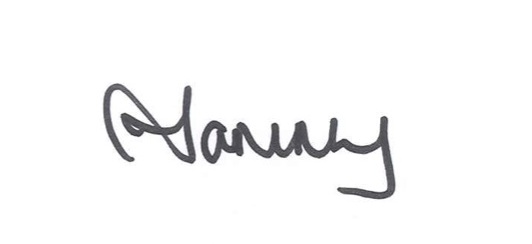
The 4Cs of Great Teams
Clarity. Consistency. Communication. Connection
Often, I am brought into an organisation or team to help articulate what’s working and what’s not, with a view to making things better. And whilst the industries, the sectors, the organisations, and the people may all be different – great teams all have the 4Cs: Clarity. Consistency. Communication. Connection
- Clarity of team and organisational purpose and how an individual’s job fits within that.
- Stable leadership and consistent direction are not only desirable but essential for fostering the 4Cs. As leaders, we are responsible for providing the clarity, consistency, communication, and connection that our teams need to thrive.
- Clarity around an individual’s job parameters, including clear accountabilities, decision-making scope and priorities, is crucial. Each team member’s role is integral to the team’s success, and understanding how their job fits into the bigger picture can make them feel valued and motivated.
- Clear and regular communication between leaders and the teams they lead, not just on the work itself but on why it matters and how it fits into the bigger picture.
- There are regular 1:1 discussions between team members and their managers, a time to discuss careers, barriers to performance, and development.
- Consistent and regular feedback on how an individual is performing, including against agreed behaviours (including the leaders).
- Psychological safety to speak up when things aren’t going well.
- Trust between colleagues (which involves knowing each other on a more human level).
- Some interaction beyond the work itself. This doesn’t need to be an outlandish team-building activity – simply an opportunity to get to know each other and build trust.
- The ability to mine for conflict and dissent in a constructive way that solves problems rather than destroys trust, psychological safety, and trust.
- Systems that work, appropriate resources to do the required work, and interdependencies with other teams within the organisation that work.
- Finally, the right people are in the right jobs at the right time.
How to make it happen
- Create an environment of safety. If the team is dysfunctional, team members may feel cynical, suspicious or unsure.
- Acknowledge where the team is at. Often, I see team leaders try to gloss over the current situation. Team members live and breathe the team dynamics; glossing over the current situation reduces a leader’s credibility.
- Do the basics well. Often, leaders look to fancy team-building activities but forget about the foundations of any good team.
- Review the team’s capability individually and collectively.
- Can your team members answer the following:
- Am I clear about my role and how it fits the organisation’s strategy, purpose and vision?
- Am I clear about the parameters of my role? What is expected of me?
- Do I feel safe to speak up and to disagree?
- Do I get enough 1:1 time with my manager to discuss my work, career and performance?
- Do I get regular feedback?
- Is there regular communication between my leader and the team?
- Do I trust my fellow team members?
- Do I know my fellow team members beyond just being a colleague?
- Look at the broader organisational systems impacting the team. Often, dysfunction comes from outside the team.
The Takeaway
What do the 4Cs mean practically:
-
- Up-to-date and clear job descriptions or role charters
- Regular and consistent communication from leaders
- Leaders who are committed to 1:1 time to provide feedback and discuss development and career opportunities
- Clear accountability around expectation, results and the appropriate resourcing to enable this
- Opportunities to know and build trust within the team
- Opportunities to build skills around conflict management and difficult conversations
- Leaders who have practical and effective leadership skills, including being able to listen
How to use others’ feedback to learn and grow
Brene Brown – the Hardest Feedback I’ve ever received part 1
Brene Brown – the Hardest Feedback I’ve ever received part 2
Five levels of listening podcast
Difficult Conversations – How to Discuss What Matters Most
Want more still…….
If the above has whetted your appetite, and you’re keen for more.. Here are some ideas:
Does leadership interest you? You can sign up to my FREE seven day “Be a Better Boss Challenge” by clicking here.
You can click here to buy my book on leading with courage.
Want to chat? Click here to get in touch.
Want some help in meeting your goals? Sign up to the permission to dream programme, by clicking here.
Want more to read? You can read any of the 300+ blog posts on this site, by clicking here.
Want to know more about my latest venture? Click here to be notified when our Neuro Nudges website goes live..
See you soon,


